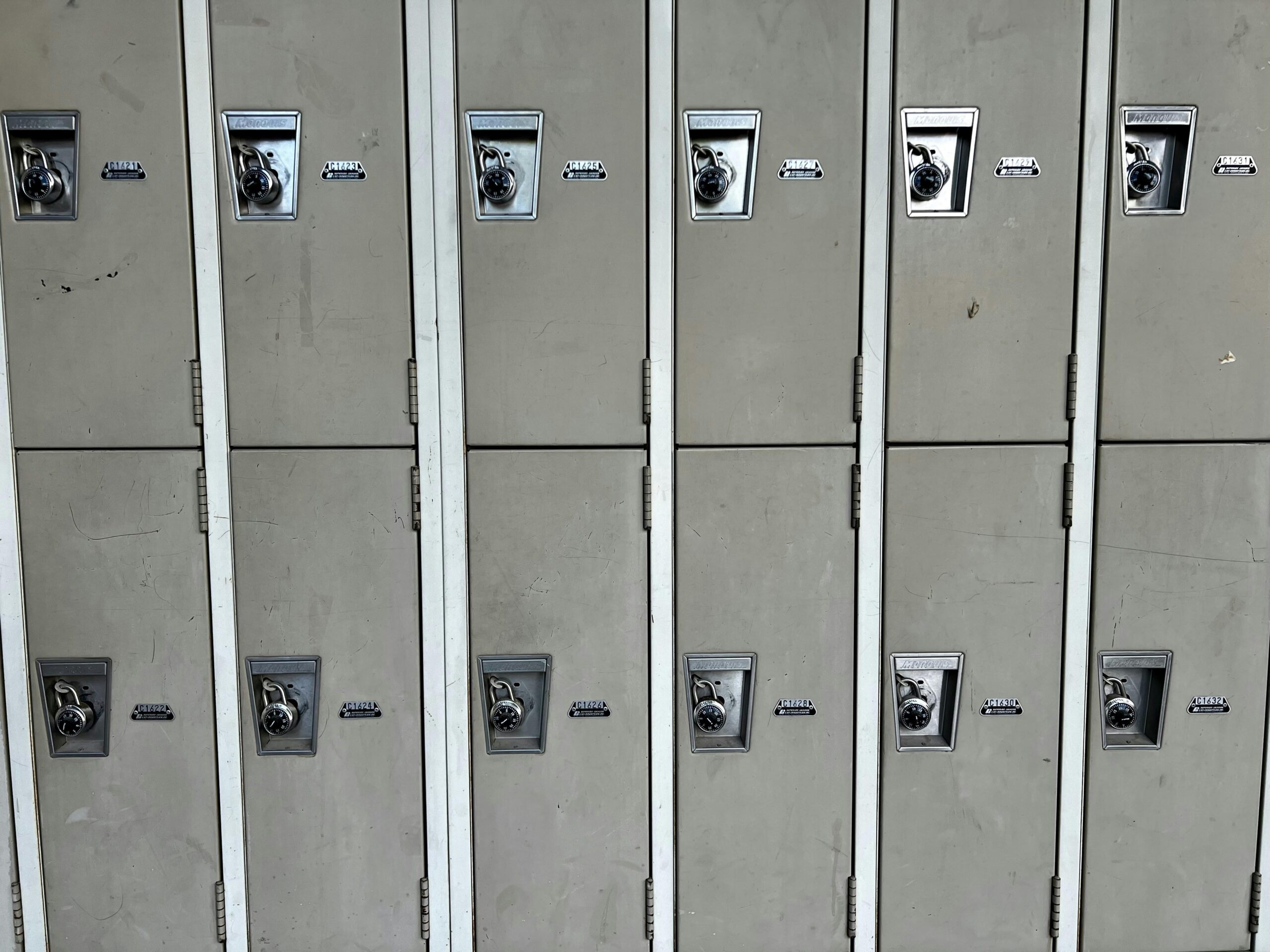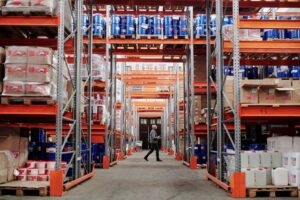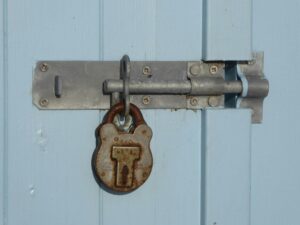In the bustling industrial landscape of Minneapolis, warehouses serve as the vital hubs where goods flow in and out, fueling commerce and industry alike. As these storage facilities grow in size and significance, safeguarding their contents becomes a mission-critical priority. Enter the realm of high-security lock systems-a sophisticated blend of technology and engineering designed to fortify warehouse doors against unauthorized access. This article delves into the evolving world of advanced locking solutions tailored specifically for Minneapolis warehouses, exploring how innovation meets practicality to protect assets in one of the city’s most dynamic sectors.
Table of Contents
- High-Security Lock Technologies Tailored for Minneapolis Warehouses
- Assessing Vulnerabilities in Warehouse Security to Choose the Right Lock System
- Integrating Smart Lock Solutions for Enhanced Access Control and Monitoring
- Materials and Durability: Selecting Locks Built for Harsh Minneapolis Conditions
- Best Practices for Installation and Maintenance to Maximize Security Longevity
- Q&A
- The Way Forward
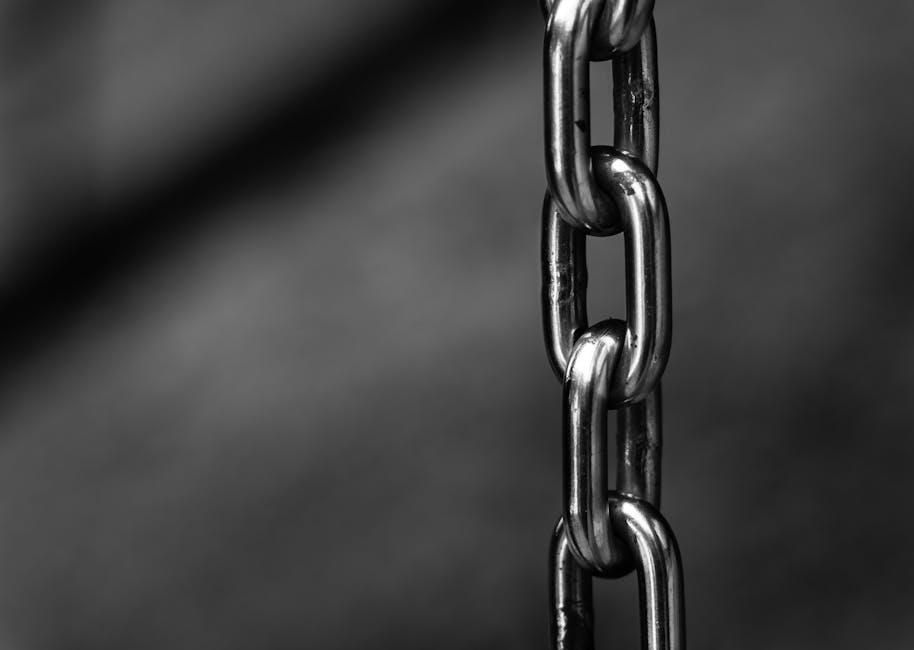
High-Security Lock Technologies Tailored for Minneapolis Warehouses
Warehouses in Minneapolis demand lock systems that go beyond the basics, integrating cutting-edge technologies designed to resist forced entry and unauthorized access. Modern high-security locks offer advanced features such as biometric authentication, electronic keypad entry, and reinforced locking bolts, delivering layers of protection tailored for industrial environments. These technologies not only deter theft but also provide seamless control over access, allowing warehouse managers to monitor and regulate entry remotely.
When selecting the ideal lock system for your Minneapolis warehouse, consider key aspects such as:
- Tamper resistance: Locks engineered to withstand prying and drilling.
- Access control integration: Compatibility with security management software.
- Durability: Materials that endure harsh weather and heavy use.
- Emergency override features: Secure, rapid entry in critical situations.
| Lock Technology | Key Benefit | Ideal Use Case |
|---|---|---|
| Biometric Fingerprint Locks | Unique user identification | Restricted access zones |
| Smart Keypad Systems | Remote code management | High-traffic entry points |
| Mechanical Deadbolts with Anti-Drill Plates | Enhanced physical security | Perimeter doors |
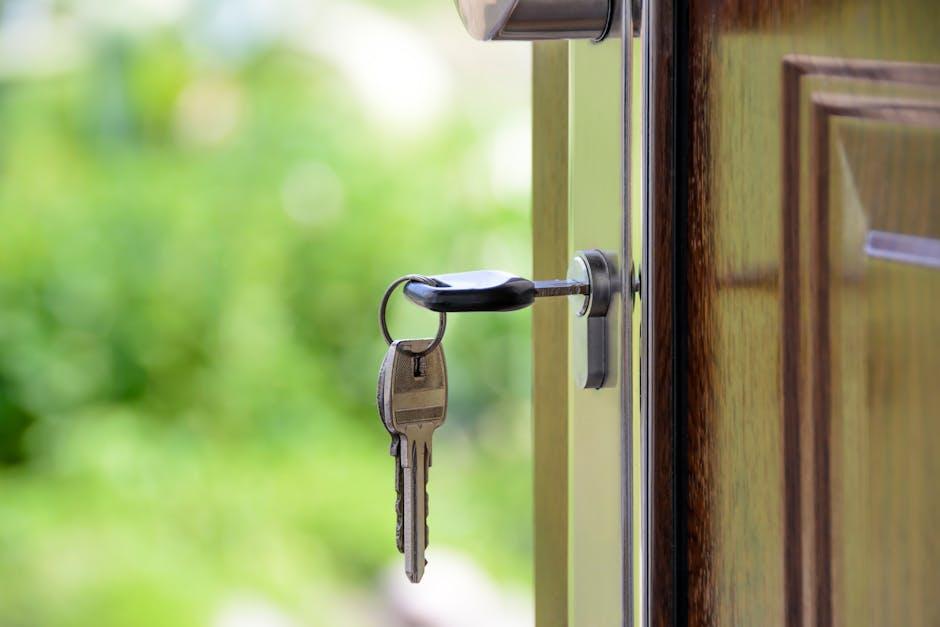
Assessing Vulnerabilities in Warehouse Security to Choose the Right Lock System
Before investing in a high-security lock system, start by mapping out every potential point of entry and exit in your warehouse. From large loading docks to employee doors, understanding these access points helps prioritize which areas require advanced locking mechanisms. Consider external factors such as lighting, surveillance coverage, and nearby structures that might aid an intruder. Identifying weaknesses may also involve analyzing past security breaches or attempted break-ins, providing insight into exploit patterns.
Once vulnerabilities are identified, weigh your options by matching lock capabilities with specific risks. Electromagnetic locks offer rapid access control, while mechanical deadbolts provide robust resistance against forced entry. Advanced systems like biometric locks enhance personnel verification but may require higher upfront costs and maintenance. Here’s a quick comparison:
| Lock Type | Best For | Security Level | Maintenance |
|---|---|---|---|
| Mechanical Deadbolt | Perimeter Entrances | High | Low |
| Electromagnetic Lock | Loading Dock Doors | Medium-High | Medium |
| Biometric Lock | Restricted Areas | Very High | High |
- Evaluate traffic flow: Ensure the lock system accommodates daily operations smoothly.
- Consider integration: Choose locks compatible with alarm and CCTV setups.
- Plan for scalability: Future-proof your security by selecting adaptable lock technologies.

Integrating Smart Lock Solutions for Enhanced Access Control and Monitoring
Adopting smart lock solutions transforms traditional security frameworks by offering seamless integration with your warehouse management systems. These advanced locks not only restrict unauthorized entry but also provide real-time access logs and alerts, empowering managers to monitor premises remotely. The technology supports customized access permissions, enabling warehouse staff to enter specific zones during predefined hours, significantly reducing the risk of internal breaches. Moreover, smart locks can effortlessly sync with mobile devices, allowing for contactless entry that enhances hygiene and convenience.
For warehouses seeking robust security without compromising operational efficiency, the benefits extend beyond mere locking mechanisms. Here’s a snapshot of key advantages:
- Remote Access Control: Manage entries from anywhere via a secure app.
- Instant Alerts: Receive notifications on suspicious activities or forced entries.
- Audit Trails: Maintain detailed logs for compliance and investigations.
- Integration Friendly: Compatible with existing security systems and IoT devices.
| Feature | Smart Lock Advantage | Traditional Lock |
|---|---|---|
| Access Management | Dynamic user permissions | Physical key control |
| Monitoring | Real-time alerts & logs | No remote monitoring |
| Convenience | Keyless entry via mobile app | Requires physical keys |
| Security | Encrypted digital mechanism | Susceptible to lock picking |

Materials and Durability: Selecting Locks Built for Harsh Minneapolis Conditions
When it comes to securing warehouses in Minneapolis, choosing locks that can withstand the city’s notorious weather extremes is non-negotiable. The cold winters, frequent snow, and humidity require lock materials that do not just resist rust but also maintain operational reliability under freezing temperatures. Stainless steel and solid brass locks stand out as premier options, known for their resistance to corrosion and durability over time. Warehouses exposed to harsh outdoor conditions especially benefit from these materials, as they ensure smooth functionality and long-term security without frequent maintenance.
In addition to material composition, the design and construction of the lock mechanism itself play a crucial role in durability. High-security locks optimized for harsh environments often feature:
- Weatherproof seals to prevent moisture and debris intrusion
- Reinforced frames enhancing resistance against physical tampering
- Protective coatings that repel salt and other corrosive elements
| Material | Corrosion Resistance | Temperature Tolerance | Recommended Usage |
|---|---|---|---|
| Stainless Steel | High | -20°F to 150°F | Outdoor entrances, loading docks |
| Solid Brass | Moderate | -10°F to 130°F | Internal and semi-exposed doors |
| Hardened Steel | Moderate | -15°F to 145°F | High physical security zones |
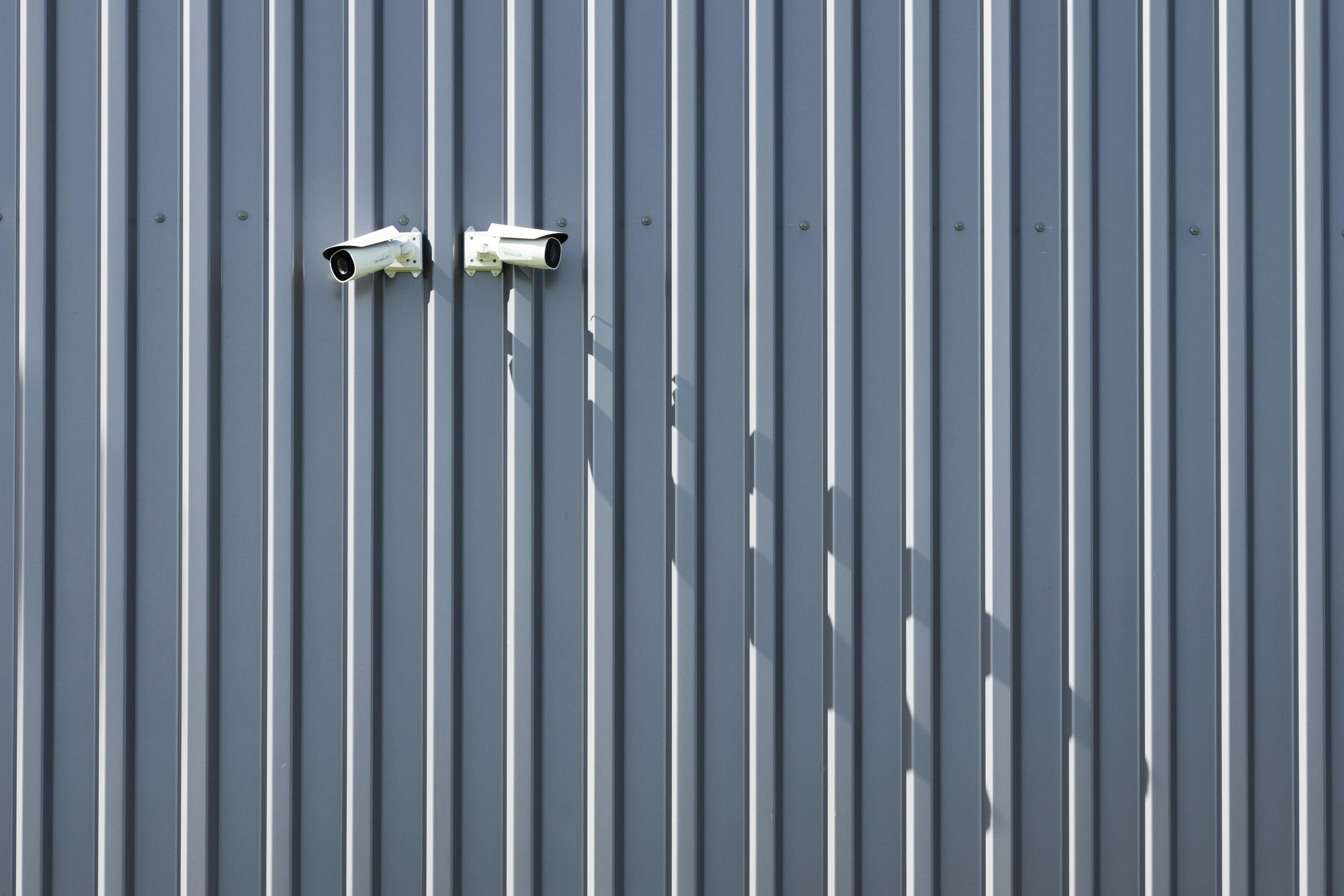
Best Practices for Installation and Maintenance to Maximize Security Longevity
Optimal security begins with precise installation. Choose professional locksmith services that specialize in warehouse environments to ensure every locking mechanism is perfectly aligned and securely embedded. Neglecting the nuances of door framing, lock type compatibility, and electronic integration can create vulnerabilities, regardless of the lock’s security grade. Additionally, adopt a layered approach by combining mechanical and digital solutions tailored for high-traffic industrial settings, enhancing resilience against intrusion attempts.
Regular maintenance is equally vital for sustained performance. Create a routine that includes lubricating components, testing electronic functionalities, and inspecting for physical wear or tampering signs. Employing a checklist not only simplifies upkeep but also establishes accountability within your security team. Consider this maintenance snapshot for typical warehouse locks:
| Maintenance Task | Frequency | Purpose |
|---|---|---|
| Lubrication | Every 3 months | Ensures smooth operation |
| Functional Testing | Monthly | Detects electronic faults |
| Physical Inspection | Monthly | Identifies wear and tampering |
| Firmware Updates | Quarterly | Keeps software secure |
Q&A
Q&A: High-Security Lock Systems for Minneapolis Warehouses
Q1: Why are high-security lock systems essential for warehouses in Minneapolis?
A1: Minneapolis warehouses often store valuable inventory and sensitive materials, making them prime targets for theft and unauthorized access. High-security lock systems provide a robust layer of protection that goes beyond traditional locks, helping to safeguard assets and maintain business continuity in the face of potential security threats.
Q2: What makes a lock system “high-security” compared to standard locks?
A2: High-security lock systems feature advanced technologies such as pick-resistant cylinders, drill-proof components, reinforced hardened steel bolts, and electronic access controls. These elements work together to resist common break-in tactics, ensuring that the lock cannot be easily bypassed or tampered with.
Q3: Are electronic lock systems a good fit for warehouses?
A3: Absolutely. Electronic lock systems offer flexible access management, allowing warehouse managers to control entry permissions in real-time. Features like keyless entry, biometric verification, and audit trail logging help reduce risks associated with lost keys or unauthorized duplication, making them ideal for busy warehouse environments.
Q4: How can Minneapolis climate affect the choice of lock systems?
A4: The harsh winters of Minneapolis, with freezing temperatures and snow, demand lock systems that are weather-resistant and durable. High-security locks designed with corrosion-resistant materials and sealed components ensure reliable operation year-round despite the city’s challenging climate.
Q5: Can high-security lock systems integrate with other warehouse security measures?
A5: Yes, integrating locks with broader security systems is often beneficial. High-security locks can be linked to alarm systems, surveillance cameras, and access management software, creating a comprehensive security network that enhances monitoring and response capabilities within the warehouse.
Q6: What should warehouse operators consider when selecting a high-security lock system?
A6: Key factors include the level of threat exposure, the number of users needing access, ease of reprogramming access credentials, compatibility with existing security infrastructure, and budget. Engaging a reputable local security provider familiar with Minneapolis’ specific security challenges can ensure a tailored and effective solution.
Q7: How often should a warehouse upgrade or service its high-security locks?
A7: Regular maintenance is crucial. It is generally recommended to inspect and service locks annually to ensure optimal performance. Additionally, any signs of wear, malfunction, or after a security incident should prompt immediate review and possible upgrade.
Q8: Where can Minneapolis warehouses turn for professional lock system installation and advice?
A8: Local security companies specializing in industrial and commercial security can provide expert consultation, custom system design, and professional installation. They can also assist with ongoing maintenance and emergency services, ensuring your warehouse remains secure around the clock.
This Q&A aims to inform warehouse managers and security planners in Minneapolis about the advantages and considerations of adopting high-security lock systems tailored to their unique operational and environmental needs.
The Way Forward
In the ever-evolving landscape of warehouse security, Minneapolis stands at the forefront by embracing high-security lock systems that blend innovation with reliability. As businesses safeguard their valuable assets against an array of threats, these advanced locking solutions provide not just protection, but a foundation of trust and peace of mind. Whether it’s the bustling industrial hubs or quieter storage facilities, the right lock system is more than hardware-it’s the silent guardian that keeps Minneapolis warehouses secure, day in and day out. Choosing wisely today means unlocking a safer tomorrow.


